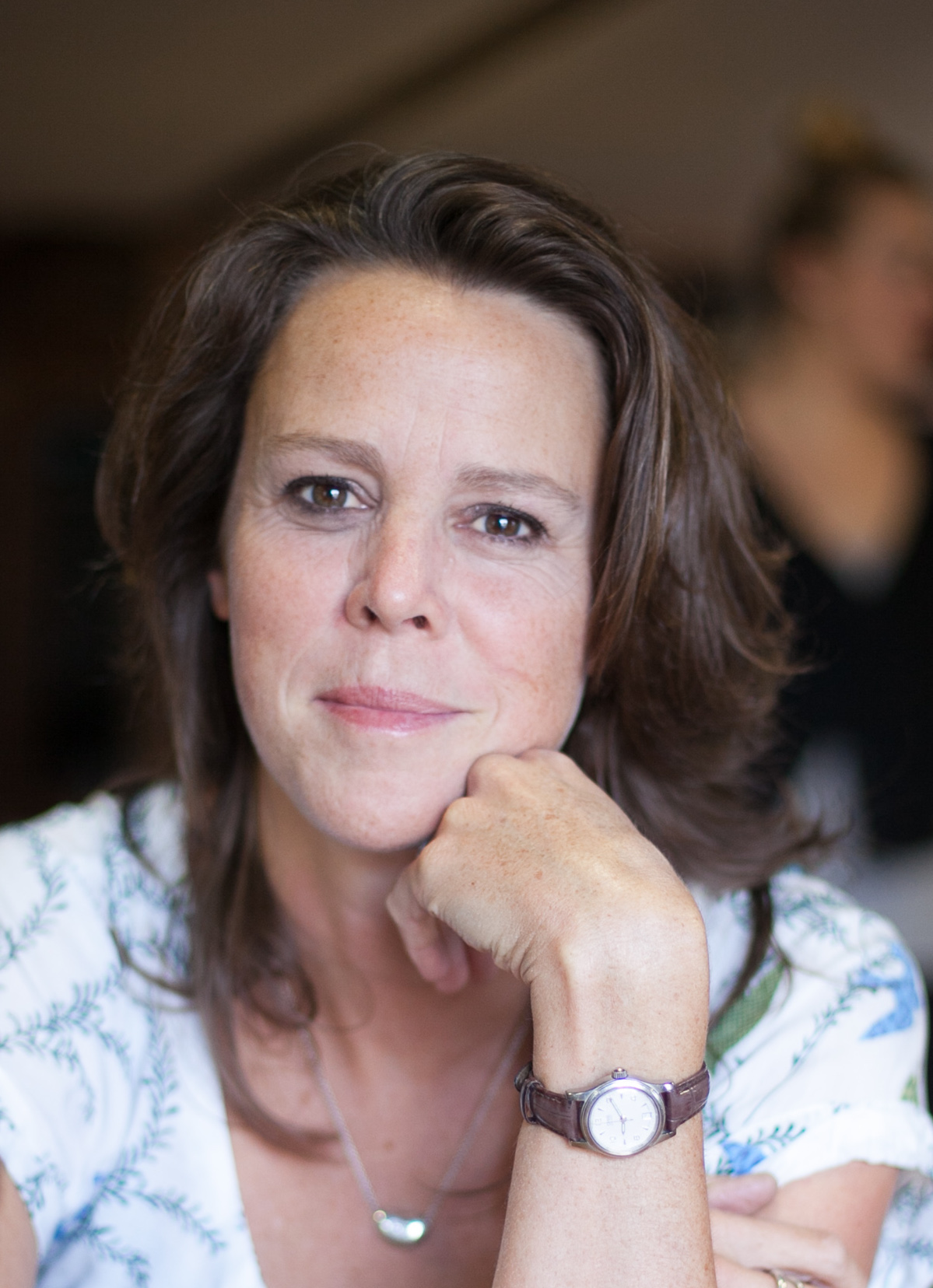By building places where creatives can thrive across the Thames Estuary, we will make the invisible visible to a new generation of practitioners.
At Creative Estuary our ambition is simple: To transform 60 miles of the Thames Estuary across Essex and Kent into one of the most exciting cultural hubs in the world. We’re going to do this by creating places for the creative industries to have a vibrant and prosperous future, while enriching communities and strengthening our region.
We are proud to be driving forward the creative and economic evolution of this unique region, unlocking its potential both as an international production hub and a collaborative, inspiring place to work for a new generation of creative talent.
Our programme will transform the visibility, identity and future of the area’s creative production infrastructure, supporting more than 400 new jobs, and delivering new skills, qualifications, and apprenticeships across an area of 1.5million people.
Creative Estuary is a consortium of public sector and cultural organisations, working together to support the Thames Estuary Production Corridor vision. By using culture as the catalyst for growth, the Thames Estuary will provide much-needed space for expanding creative businesses and provide the scale of services, skills and infrastructure sought by both UK organisations and international creative producers. The success of Creative Estuary will contribute to wider national programmes to generate investment, jobs and creative industry opportunities for the whole Thames Estuary, making it one of the most attractive places to live and work in the UK.
But why now? As the UK is still in the midst of the Coronavirus pandemic, why should we be talking about and investing in creativity? Many people are unaware that the creative industries contributed in excess of £110bn to the UK economy in 2019. By comparison, the construction industry contributed £129.3bn, the automobile industry contributed £49.1bn, and agriculture £13.0bn.
Photo by Simon Fowler
A good way to illustrate the breadth of the creative industries is through film credits. We all know them, but how often do we take in the multitude of roles and the breadth of talent. They are a directory of all of those involved and a valuable demonstration of the breadth of skills that make up and supply the creative industries.
Sound engineers, set builders and dressers, costumiers, CGI artists, animators and lighting designers, choreographers, photographers, transport and logistics, financiers and producers along with many others appear on the screen. Each and every one has played a role in bringing the film to fruition. And that is just one part of our industry. This hidden value and productivity is multiplied across fashion, design, theatre, architecture, contemporary craft, game design and more.
As the UK builds back from the pandemic the creative industries are a sound investment and have a critical role to play in recovery. Creative Estuary is well placed to contribute, with our focus on towns, high streets and urban centres, and social interventions around skills, talent and workspace and innovation.
What we’re doing with Creative Estuary was put in motion before the pandemic hit. We are confident that the cultural and creative industries will continue to be a catalyst for sustainable growth. This involves people as well as the economy. Creative careers, much like the creative industries, are often invisible by building places where creatives can thrive across the length of the Thames Estuary, and embedding them into our communities, we will make the invisible visible to a new generation of creative practitioners.
Around the world, there are regions that are synonymous with a specific creative industry, where entire communities and the associated growth and infrastructure has blossomed as the industry draws the best of talent and investment. With growth comes the need for a talent pipeline; the innovators, entrepreneurs, creators and producers. As with our plans for the Estuary, there is a whole ecosystem to be nurtured so that the creative economy can flourish and thrive. The Estuary is a good place for making, and we can’t wait to have more creative people, more creative spaces and more creative opportunities to make it even better!

About the author
Emma Wilcox, Project Director Creative Estuary
As Project Director Emma leads and manages Creative Estuary, developing and nurturing relationships to ensure the project’s visibility and success. Emma has worked in the cultural and creative industries for over twenty years, in arts management, strategy and policy development and as a successful producer, project manager and fundraiser for organisations across the south east region. She is a huge advocate for and champion of the Estuary’s creative organisations and individuals. Prior to her current role she worked as a consultant for a range of clients including South East Creative Economy Network (SECEN), Creative Folkestone, Turner Contemporary, Whitstable Biennale, Luton Culture and Artswork. As well as working with publicly funded organisations Emma worked for over ten years in the commercial sector in marketing and design agencies, with a focus on developing brands and products for children. She is a trustee of arts and kindness charity People United and a fellow of the RSA.

